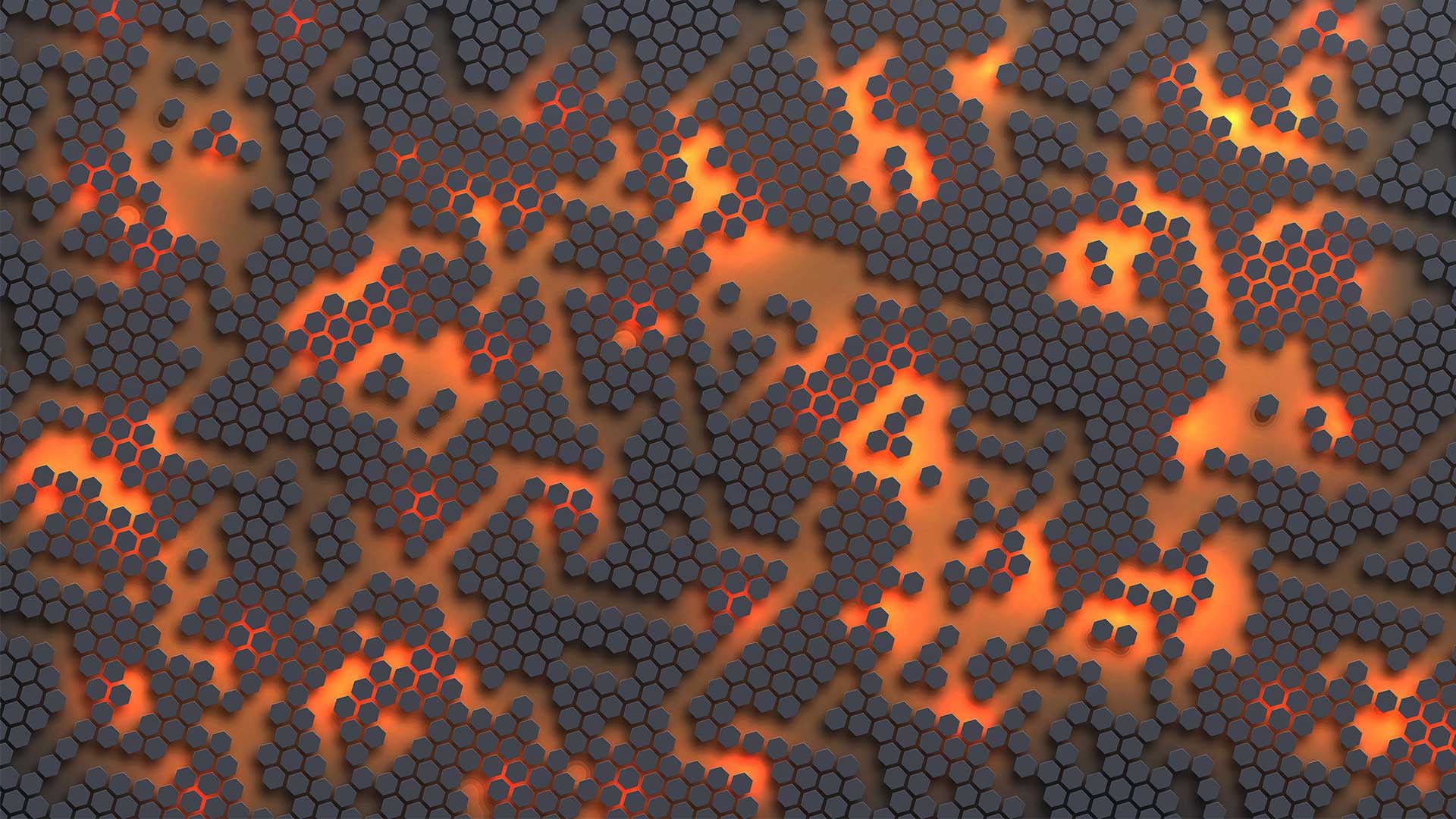Boranes and Borane Clusters
Borane is a homologous sequence consisting of inorganic boron-hydrogen compounds and their derivatives. A class of synthetic boron hydrides is commonly called boranes. Their general formula is BxHy.

Boranes and Borane Clusters
Boranes were previously misunderstood as ‘electron deficient’ due to their multicenter bonding. Here, we have a pair of bonding electrons binding more than two atoms, such as 3-centre-2-electron bonds. This process was to differentiate these molecules from hydrocarbons and other classic compounds. However, it is incorrect because most boranes and the other clusters like carboranes are electron-precise and not electron-deficient.
Background to Boranes
There were many challenges associated with the production of borane’s chemistry. Initially, there were obstacles to new laboratory techniques. It is essential to manage the creation of the pyrophoric compound.
Alfred Stock invented the glass vacuum line for synthesis and handling. This line is also known as the Schlenk line. Then, William Lipscomb created the required techniques for crystal structure determination. Without these techniques, it is almost impossible to determine the crystal structure because of the highly reactive nature of the lower boranes.
Scientist H Christopher Languet-Higgins identified the proper structure of diborane at least five years before the actual discovery. Using Wade’s polyhedral skeletal electron pair theory rules, you can determine borane structure.
In World War II, there was a spike in interest in boranes and the potential of uranium borohydride. They created a buzz because this borane could enrich uranium isotopes.
Schlesinger and his team in the United States played a prominent role in discovering boron hydrides and aluminium hydrides.
Borane Clusters
The chemical combination of boron and hydrogen form Boranes. It consists of a significant group of compounds, and they use the generic formula of BxHy. However, such compounds are not available in nature directly. Boranes usually oxidize when they contact air; sometimes, there are violent reactions. The parent member of the group is borane BH3 which is available only in the gaseous state and can dimerize to become diborane, B2H6.
You can find larger boranes in the form of boron clusters. They are usually polyhedral, while some of them are isomers. Consider the example of B20H26 which are isomers that form with two 10-atom collections. The most prominent boranes include diborane B2H6, pentaborane B5H9, and decaborane B10H14. Additionally, the growth of the chemistry of boron hydrides paves the way to technical advancements and theoretical experiments. Interestingly, Boron hydrides also act as potential fuels in rockets and other automotive uses.
Properties of Boranes
Boranes have many different reactions, including electrophilic substitution, nucleophilic substitution with Lewis bases, and deprotonation by solid grounds. They also have cluster-building reactions with borohydrides and form carborane clusters when Nido-borane reacts with an alkyne. Boranes are colorless and diamagnetic. Most of the compounds are reactive, while some are pyrophoric.
Some boranes like B18H22, which are the dianions, and other neutral boranes are super reactive with electron-pair donors while others are not. A few lower boranes are pyrophoric in the air, reacting with water. However, in recent times, the Boranes’ name comes up often in the discussion of chemical bonding theories.
Types of Boranes
There are five structural categories of Boranes.
Closo-boranes
Closo boranes mean cage-like in the Greek language. They feature a completely closed structure with polyhedral trigonal faces. It is very similar to football in design. The general formula is BnHn2- for closo boranes.
Nido-boranes
Nido boranes translate as ‘nest like’ in Latin. They do not have closed structures like closo boranes, but the Bn cluster takes the n corners on an (n + 1)-cornered polyhedron. BnHn+4/ BnHn4 – (2n+4) is the general formula for nido-boranes.
Arachno-boranes
Arachno-boranes means ‘spider’s web like’ in Greek. They feature a more open cluster wherein the B atoms take up the n contiguous corners (n + 2). And the general formula of arachno borane is BnHn+6/ BnHn6- (2n+6).
Hypho-boranes
In the Greek language, Hypho-boranes mean ‘net-like.’ These compounds feature the most open clusters where the B atoms occupy n corners in an (n+3)-cornered polyhedron. And we have BnHn8- as the general formula for Hypho-boranes.
[Insert image for Hypho-boranes]
Conjuncto-boranes
As the name suggests, Conjuncto-boranes means ‘joint together’ in Latin. Their structures are formed by linking two or more clusters from the previous type. The general formula of Conjuncto boranes is BnHn10-.
What are Carboranes?
While boranes are made up of boron and hydrogen, carboranes are a boron cluster with boron, carbon, and hydrogen atoms. Carboranes are similar to boranes, and the clusters are polyhedral. Additionally, they are also classified like the boranes group such as closo-, Nido-, arachno-, and hypho- among the others, depending on what they represent.
A complete polyhedron is a closo-a polyhedron that misses one is called a Nido-, while the ones missing two are arachno-. Carboranes come under the group of heteroborane. Some of the top examples of carboranes include the extremely regular icosahedra closocarboranes. These clusters of boron feature unique and distinct organ mimetic properties. They offer chemical reactivity that matches the classic organic molecules. However, the collections are structurally similar to the metal-based inorganic and metallic organ species.
Another critical example includes the neutrally charged C2B10H12. It is also known as o-carborane that enjoys the prefix ‘o’, which is derived from ortho. This carborane is researched for various uses and applications ranging from heat-resistant polymers to various medical applications. Wade-Mingos rules describe the electronic structure of the cluster compounds and molecules in the best way possible.
We cannot forget carborane acid while discussing carboranes. It is a chlorinated superacid H(CHB11Cl11) with an anion structur
Conclusion
Boranes showcase a very high specific energy of combustion in comparison with hydrocarbons. Therefore, it makes them potentially attractive as fuels. In the 1950s, there was in-depth research for their applications into jet fuel additives. Carboranes are very close to boranes and are structurally very different from hydrocarbons.





